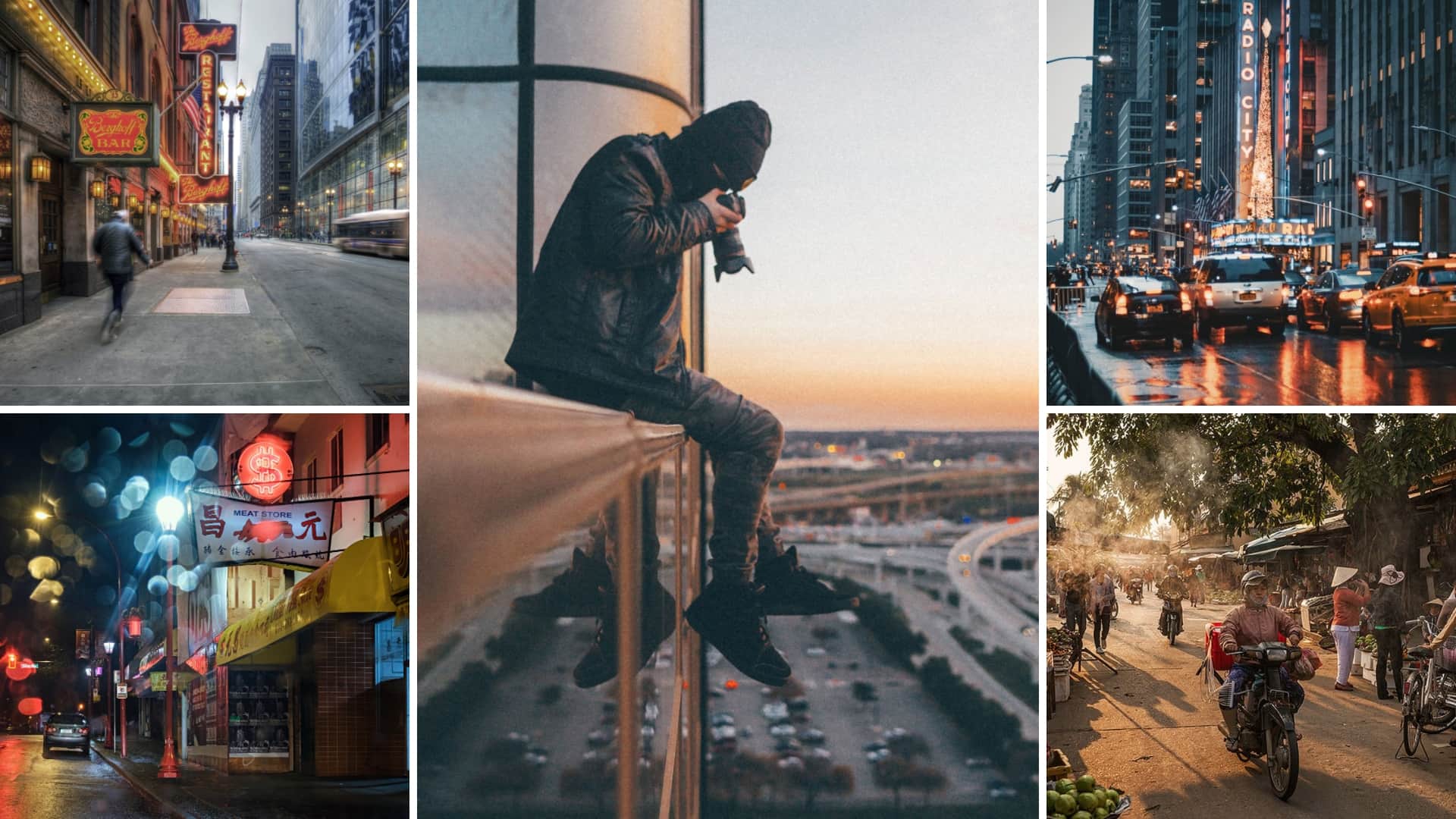The Facts About Framing Streets Revealed
The Facts About Framing Streets Revealed
Blog Article
Get This Report on Framing Streets
Table of ContentsThe Greatest Guide To Framing StreetsWhat Does Framing Streets Do?Some Known Facts About Framing Streets.The Framing Streets StatementsWhat Does Framing Streets Do?Unknown Facts About Framing Streets
Digital photography style "Crufts Pet dog Program 1968" by Tony Ray-Jones Street photography (additionally sometimes called honest digital photography) is photography conducted for art or questions that features unmediated opportunity experiences and arbitrary occurrences within public locations, usually with the purpose of catching photos at a definitive or poignant moment by cautious framing and timing. 
, that was influenced to embark on a comparable paperwork of New York City. As the city created, Atget aided to advertise Parisian roads as a worthy topic for photography.

Some Ideas on Framing Streets You Should Know
Martin is the first videotaped photographer to do so in London with a masked camera. Mass-Observation was a social research study organisation established in 1937 which intended to record daily life in Britain and to videotape the responses of the 'man-in-the-street' to King Edward VIII's abdication in 1936 to marry separation Wallis Simpson, and the sequence of George VI. The chief Mass-Observationists were anthropologist Tom Harrisson in Bolton and poet Charles Madge in London, and their initial record was generated as the publication "May the Twelfth: Mass-Observation Day-Surveys 1937 by over 2 hundred onlookers" [] Home window cleaner at Kottbusser Tor, Berlin, by Elsa Thiemann c. 1946 The post-war French Humanist Institution professional photographers discovered their topics on the road or in the diner. Andre Kertesz.'s commonly admired Images la Sauvette (1952) (the English-language version was labelled The Crucial Minute) advertised the concept of taking a picture at what he called the "definitive minute"; "when kind and material, vision and make-up combined into a transcendent whole" - Best Zoom Lens.
Some Known Facts About Framing Streets.
, then an instructor of young youngsters, associated with Evans in 193839.'s 1958 book,, was considerable; raw and frequently out of focus, Frank's pictures examined traditional digital check this site out photography of the time, "tested all the official regulations laid down by Henri Cartier-Bresson and Pedestrian Evans" and "flew in the face of the wholesome pictorialism and sincere photojournalism of American publications like LIFE and Time".
Report this page